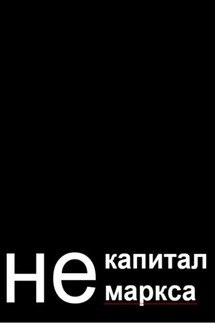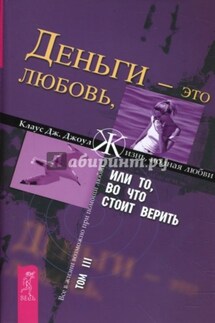The General Theory of Capital: Self-Reproduction of Humans Through Increasing Meanings - страница 8
Depending on the determinateness, three planes of meaning can be detected: content, expression and norm. Meaning is inextricably linked to natural language. As Roy Harris said, a language community is not a congregation of talking heads, a tongue cannot be considered in isolation from the physical actions of humans. Humans are not just language-users, but language-makers (Harris 1980, preface). If humans make language through their actions, the opposite is also true—they define their actions through language. The idea of distinguishing between the planes of content and expression in languages comes from Louis Hjelmslev’s Prolegomena to a Theory of Language (1943). We develop his idea further:
● First, the environment is reflected in humans, their instincts, practices and intellects, thus forming the content of meanings. The plane of content embraces the significance of meanings. Meaning as such is often identified with the signification or signified. However, although the signified is in some ways closest to the human mind, meaning cannot be reduced to it.
● Second, humans, their motives, preferences and goals are reflected in the environment, shaping the expression of meanings. The expression plane contains signs as material aspects of meaning or signifiers. Man himself as a biocultural being, as a product of both biological and cultural evolution, is also to some extent an expression of meaning.
● Third, stable moments of interaction between humans and the environment are reflected in human activity and its results, forming its norms. The norms plane compiles the stable ways of functioning or principles and rules of meanings.
Three functions and three planes of meaning reveal the structure of culture. The following “table” demonstrates the nodal points at which functions and planes of meaning overlap. We do not give detailed explanations for the “table,” but invite the reader to look into it for himself. It should be noted that the actual structure of culture is of course much less ordered than shown in the “table,” which only serves to simplify and visually explain our theses.
Illustration 1. The structure of culture
* Programs and techniques are understood here in the broadest sense, like any program and any method of material action. W. B. Arthur uses the term “design” in this case (Arthur 2011, p. 91).
The initial stage of the evolution of meanings was characterized by a small variety of actions and their results. Stone and wooden tools, rules of nomadic life, knowledge and skills of hunting and gathering, simple oral language and fetishistic ideas made up the meager stock of Paleolithic meanings. The actions of Paleolithic man were limited to the appropriation and consumption of natural objects, and the means of his activity were reduced to consumer articles. He was just beginning to form a cultural niche, his home in the natural environment.
2. Uncertainty, selection and learning
Uncertainty and meaning
Reality is given to man through his actions. Uncertainty is the degree of adaptation (or, what is actually the same thing, inadaptation) of human needs and actions to reality. It is the discrepancy between reality and human needs. Complete adaptation would mean that the satisfaction of needs does not require human actions, in which case there would be no uncertainty at all. In practice, however, there are hardly any situations of complete certainty, so that man must act. Frank Knight argued that human wants are those needs that cause goal-directed action.







